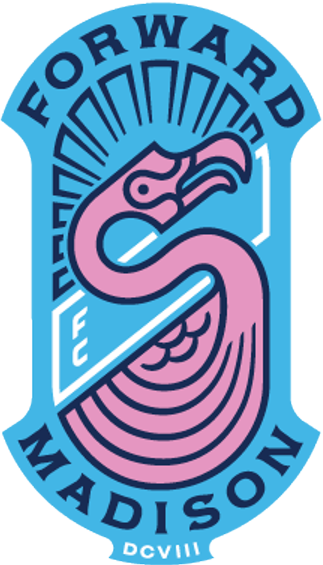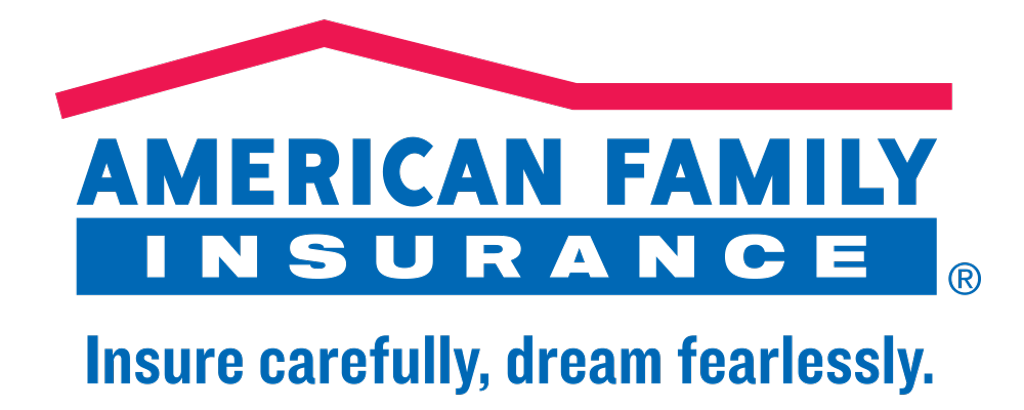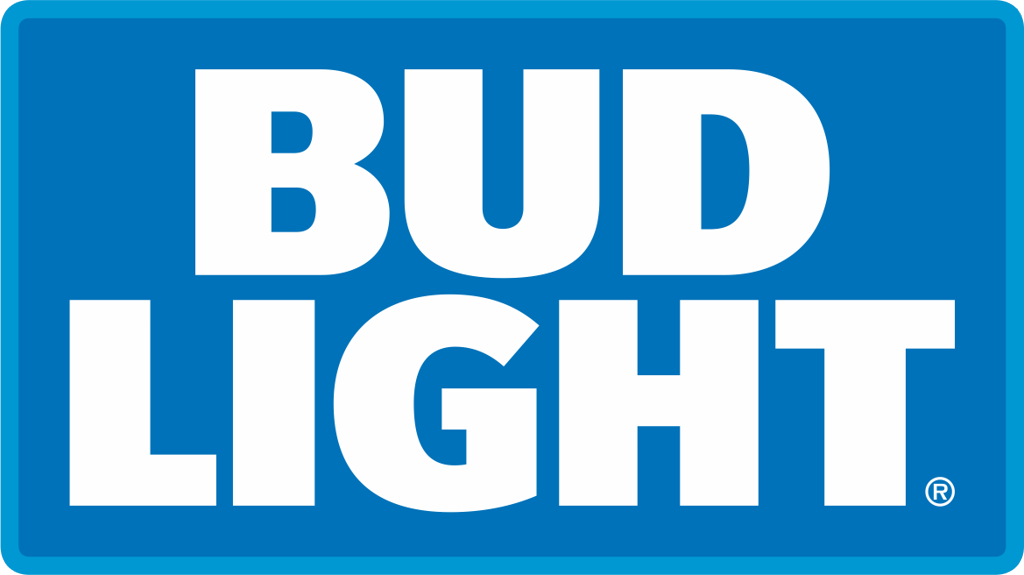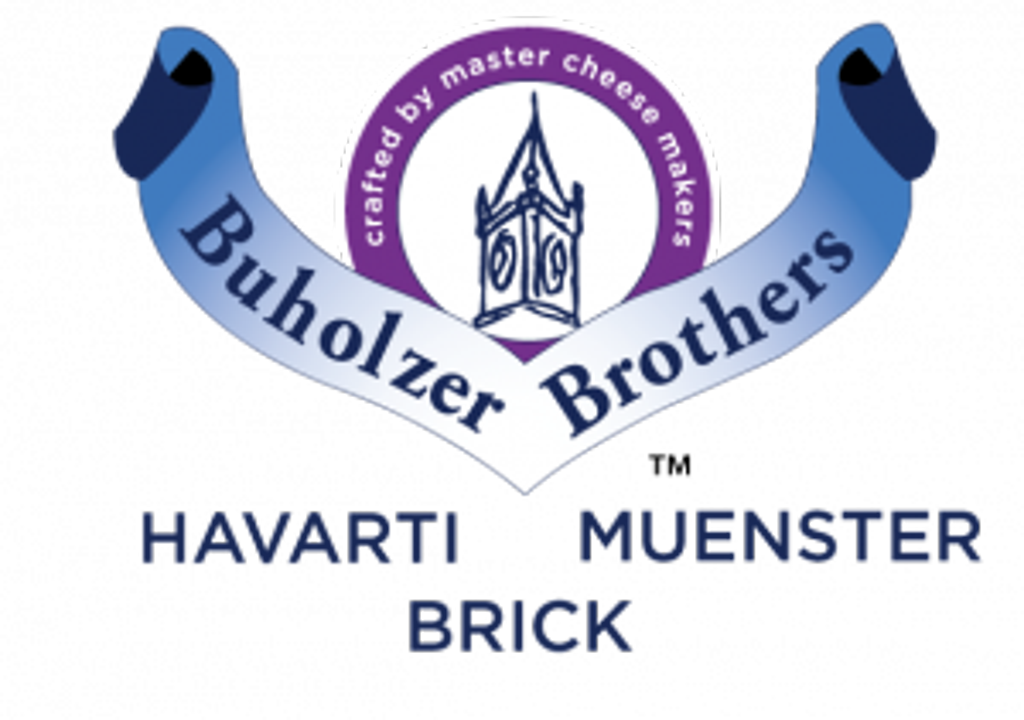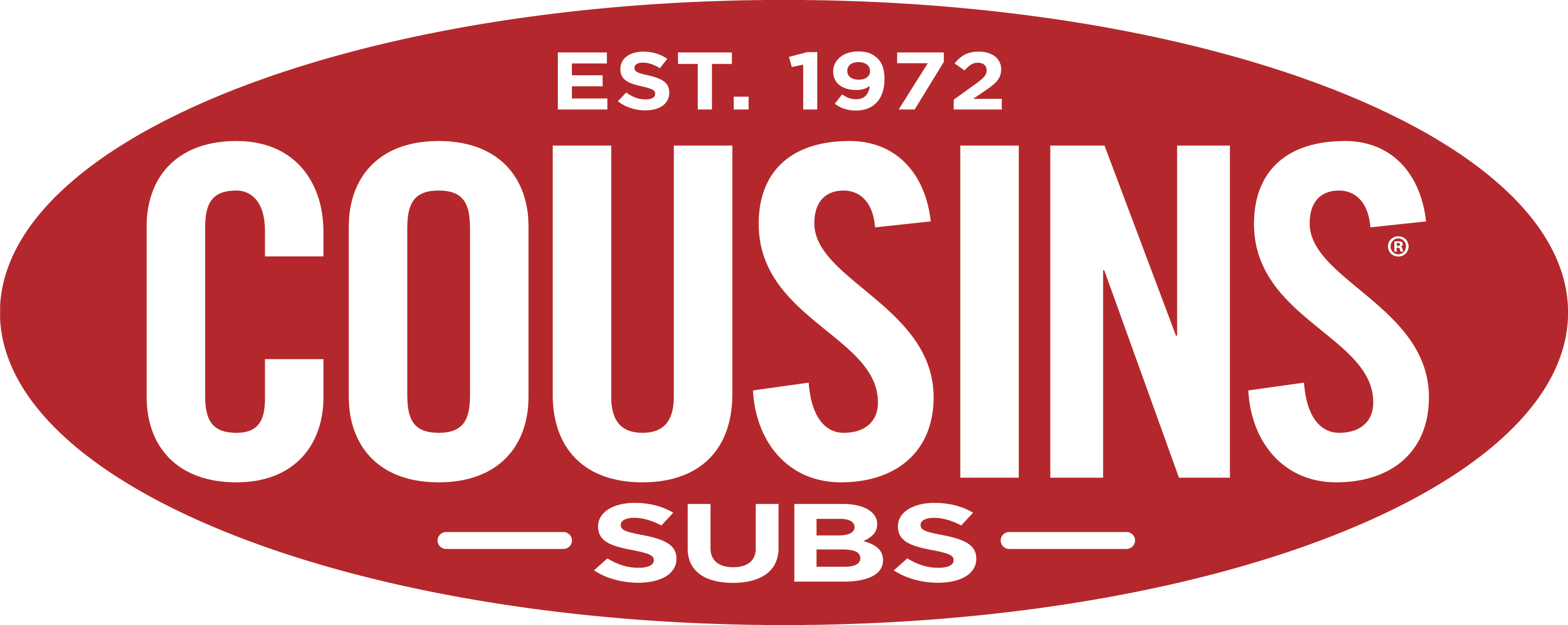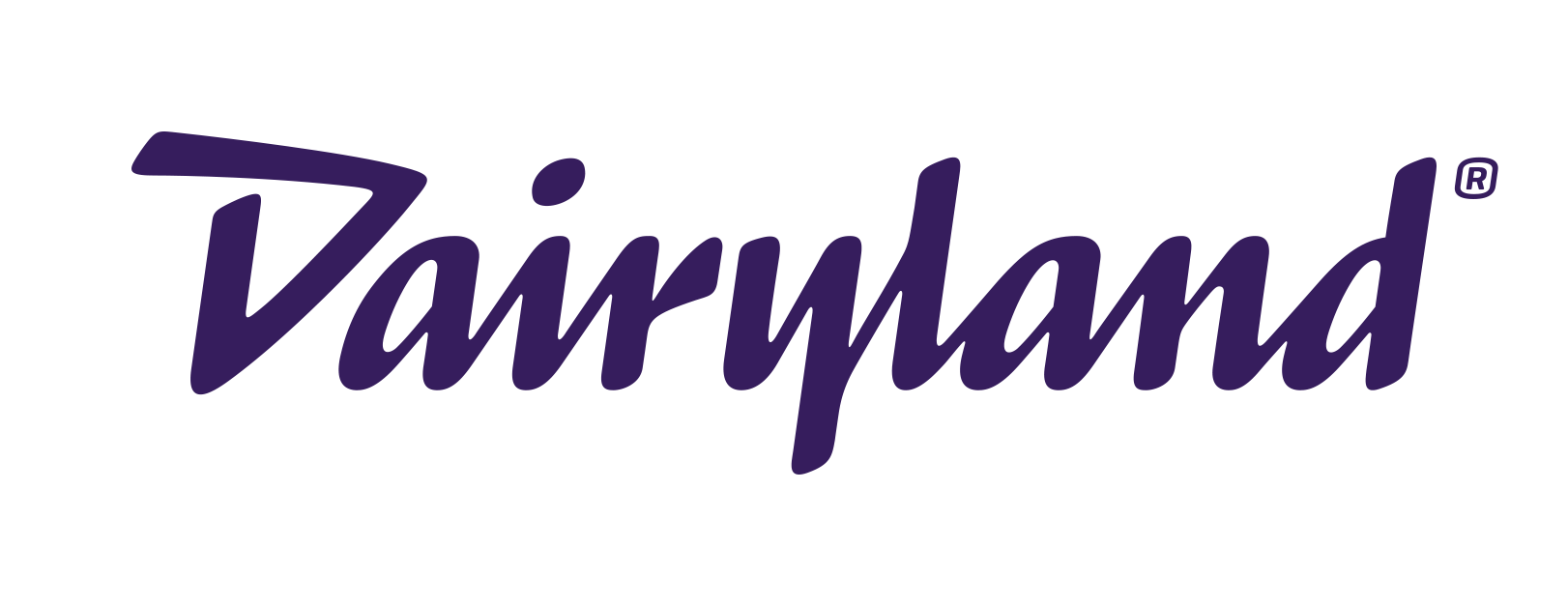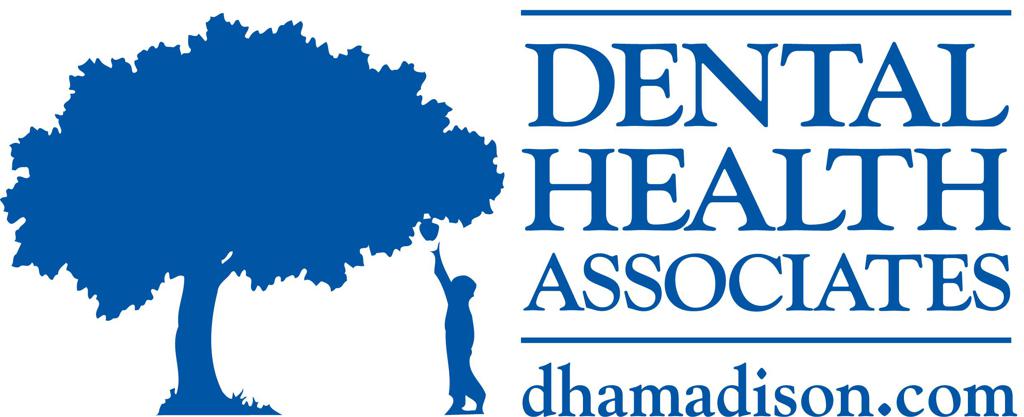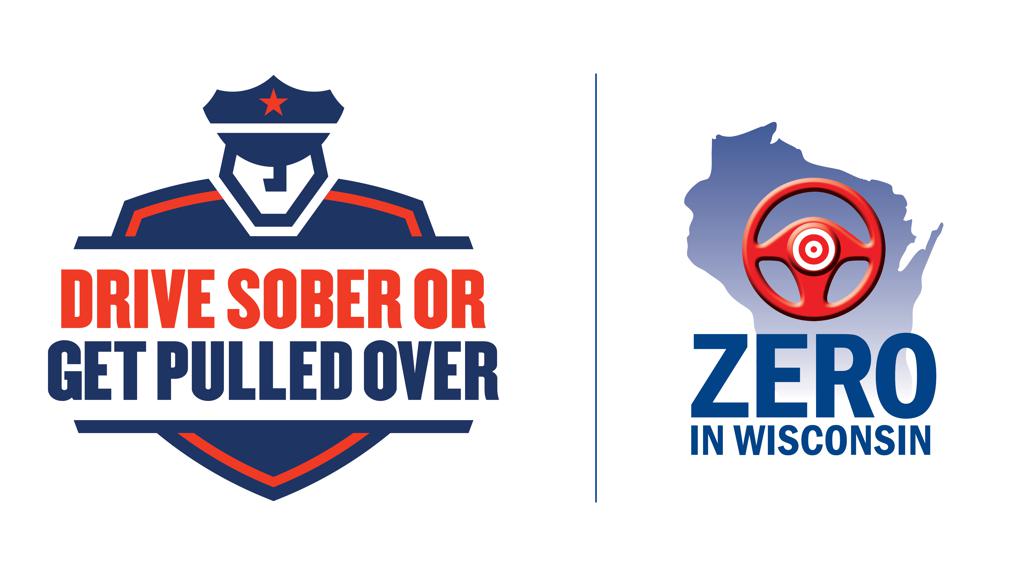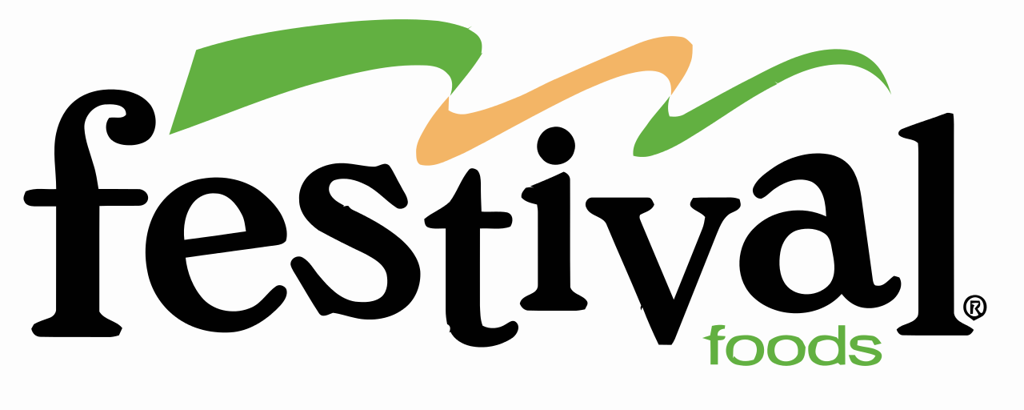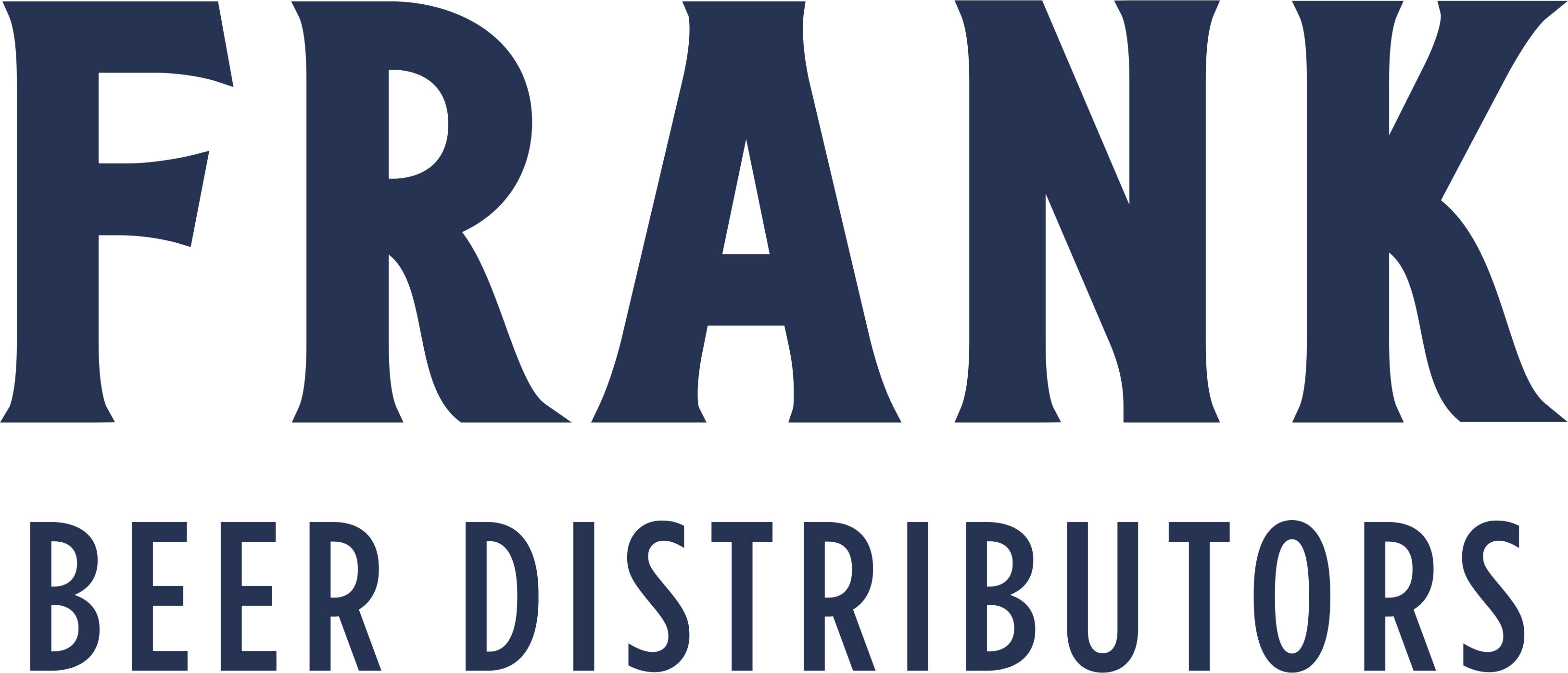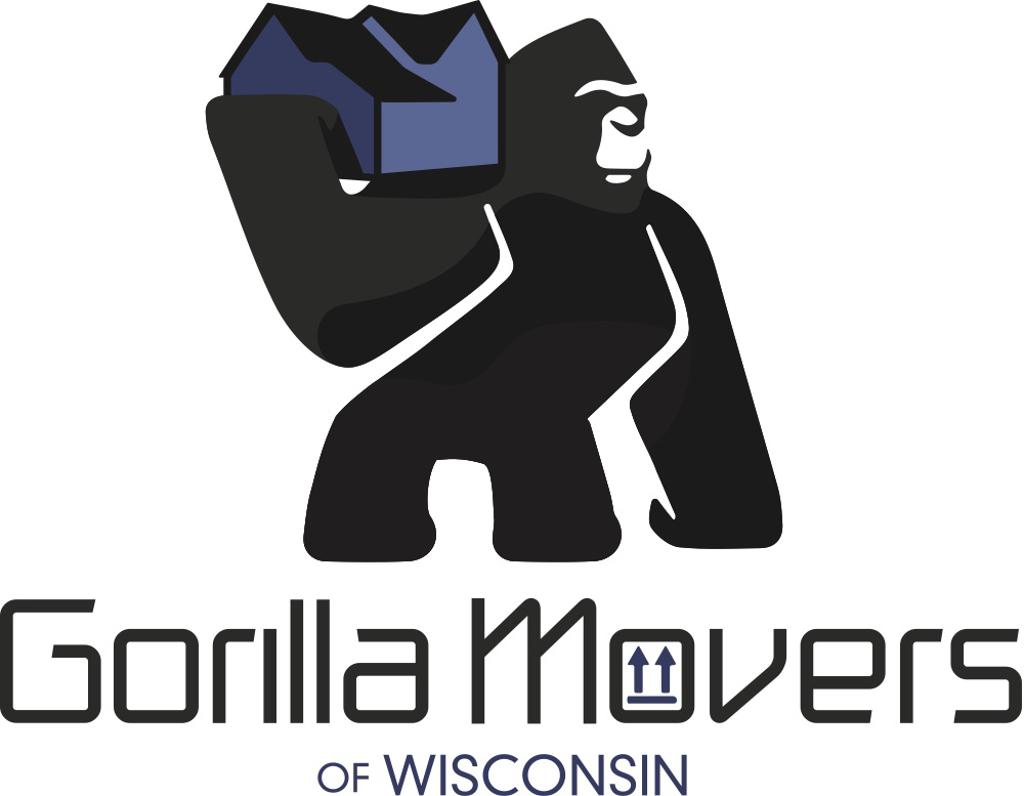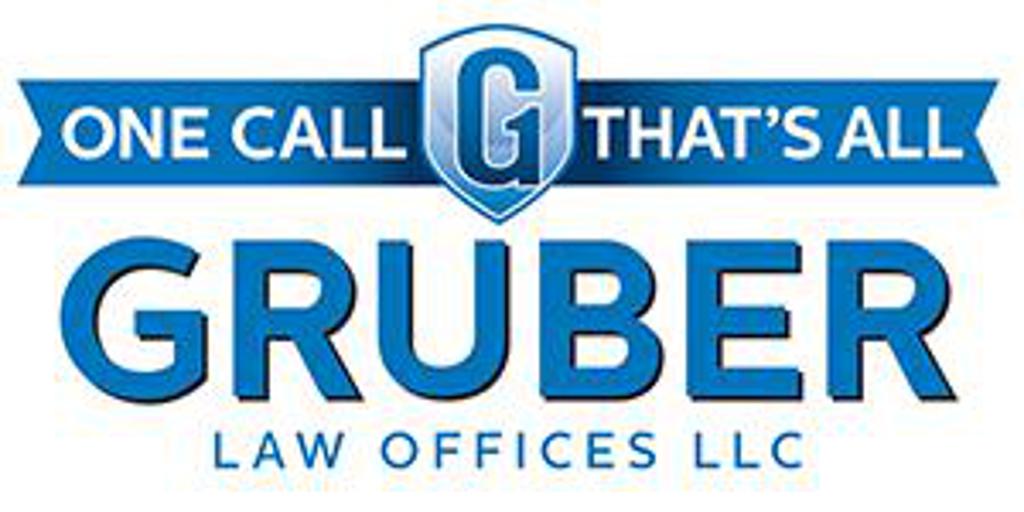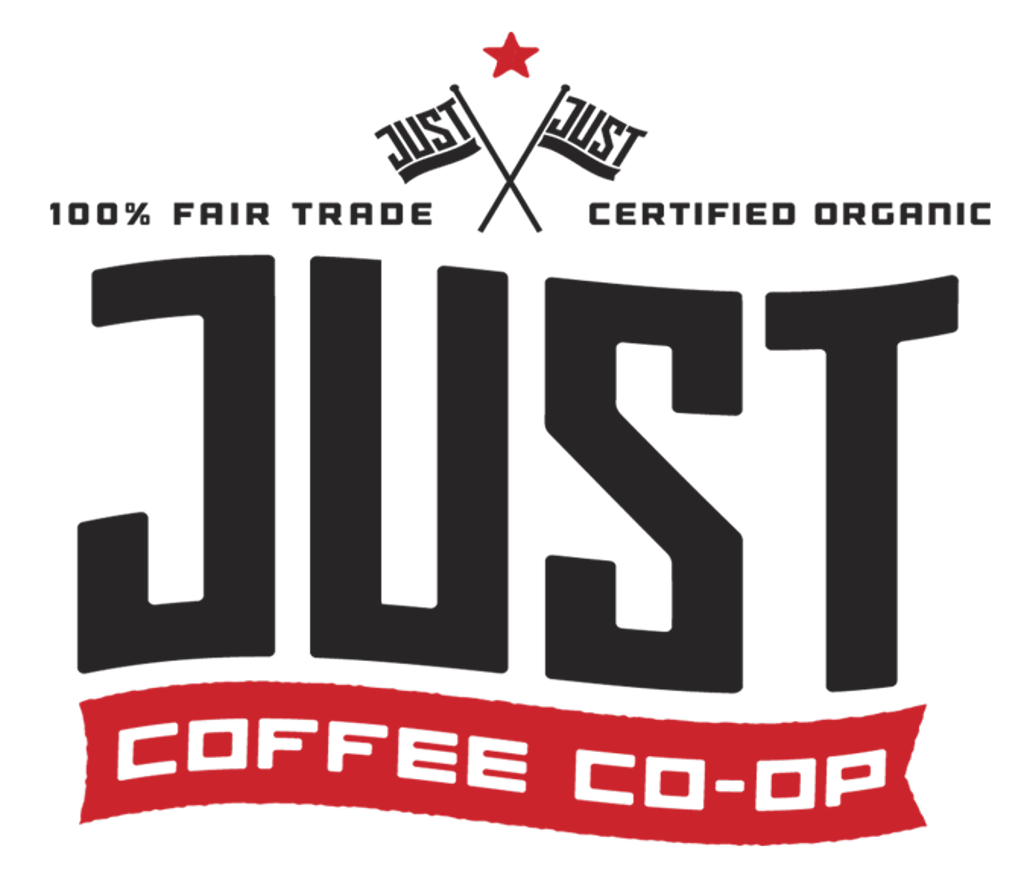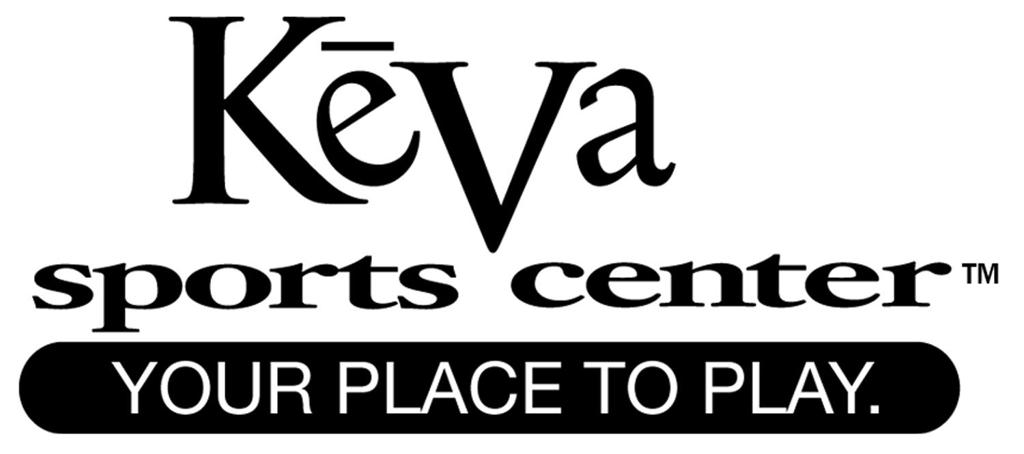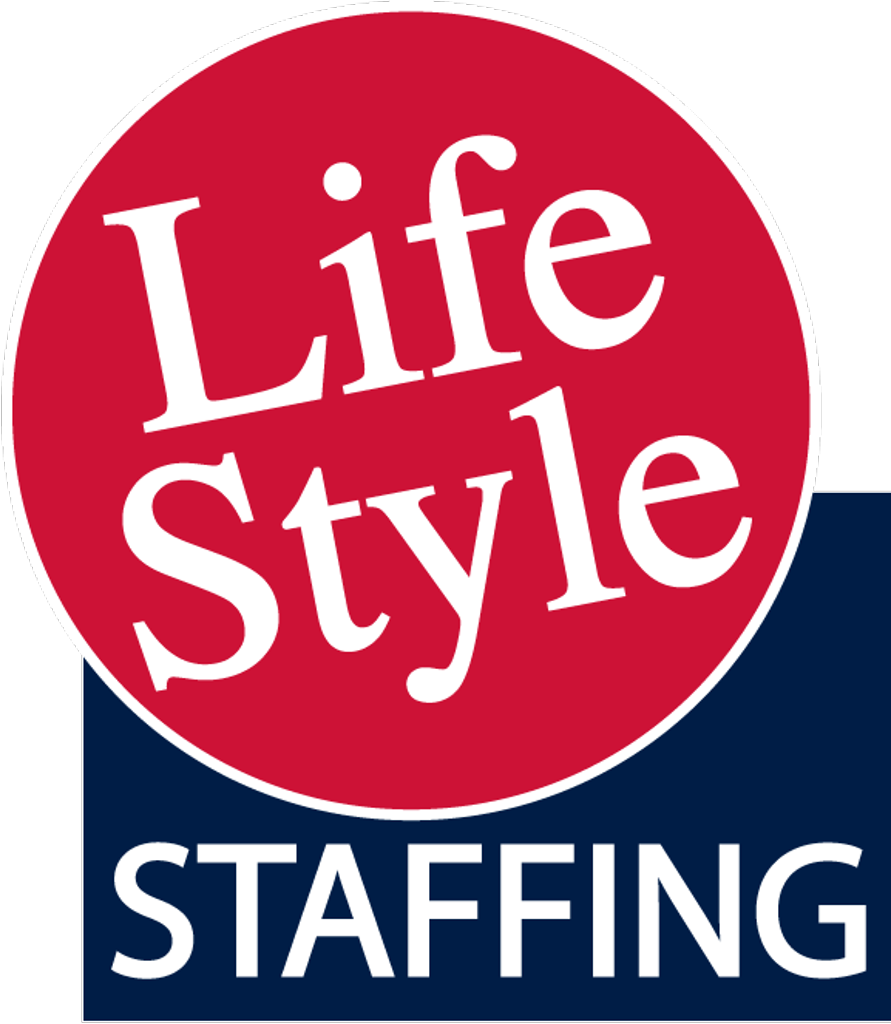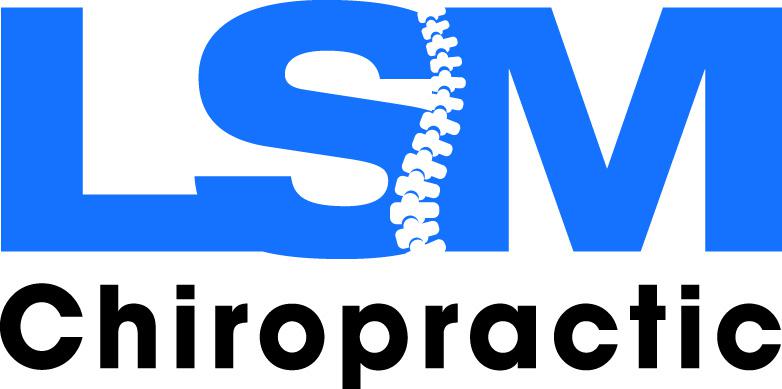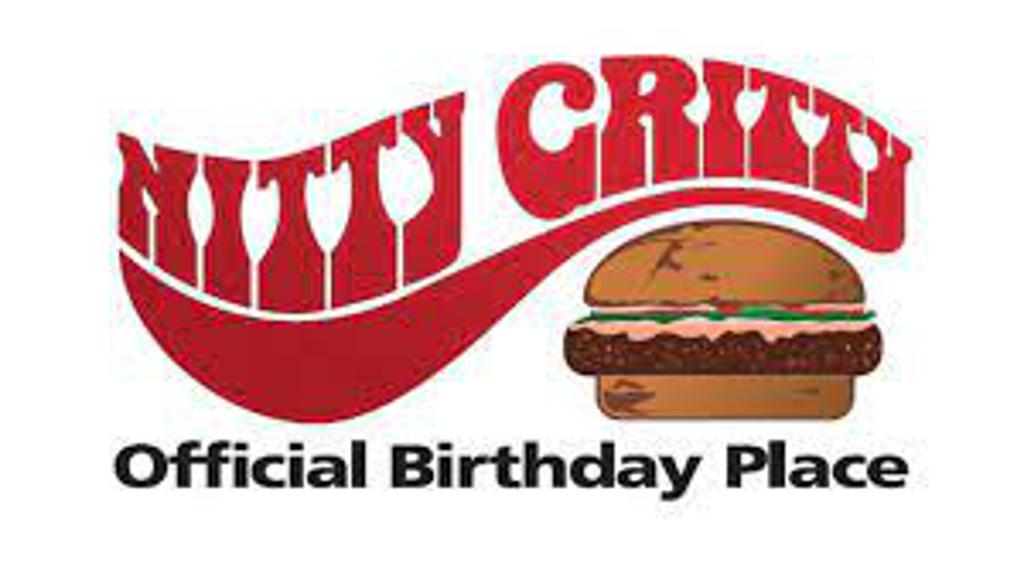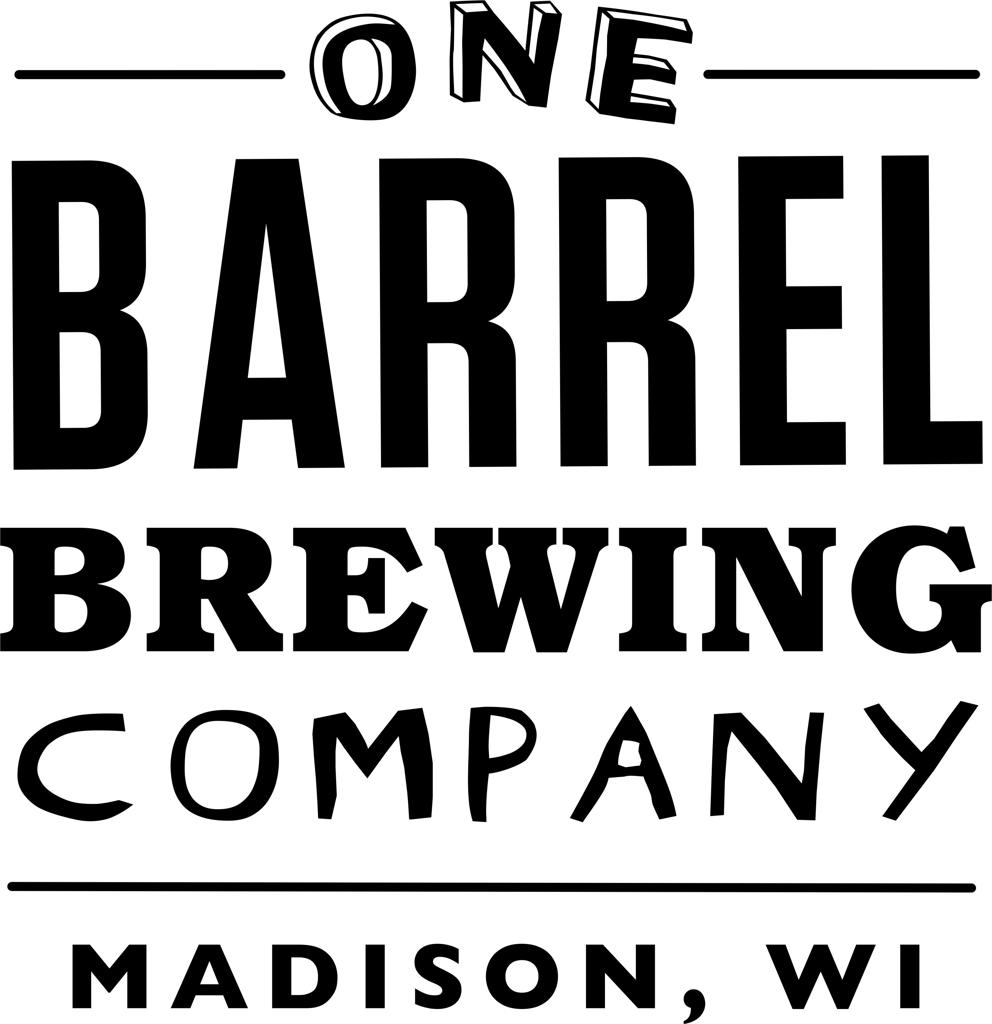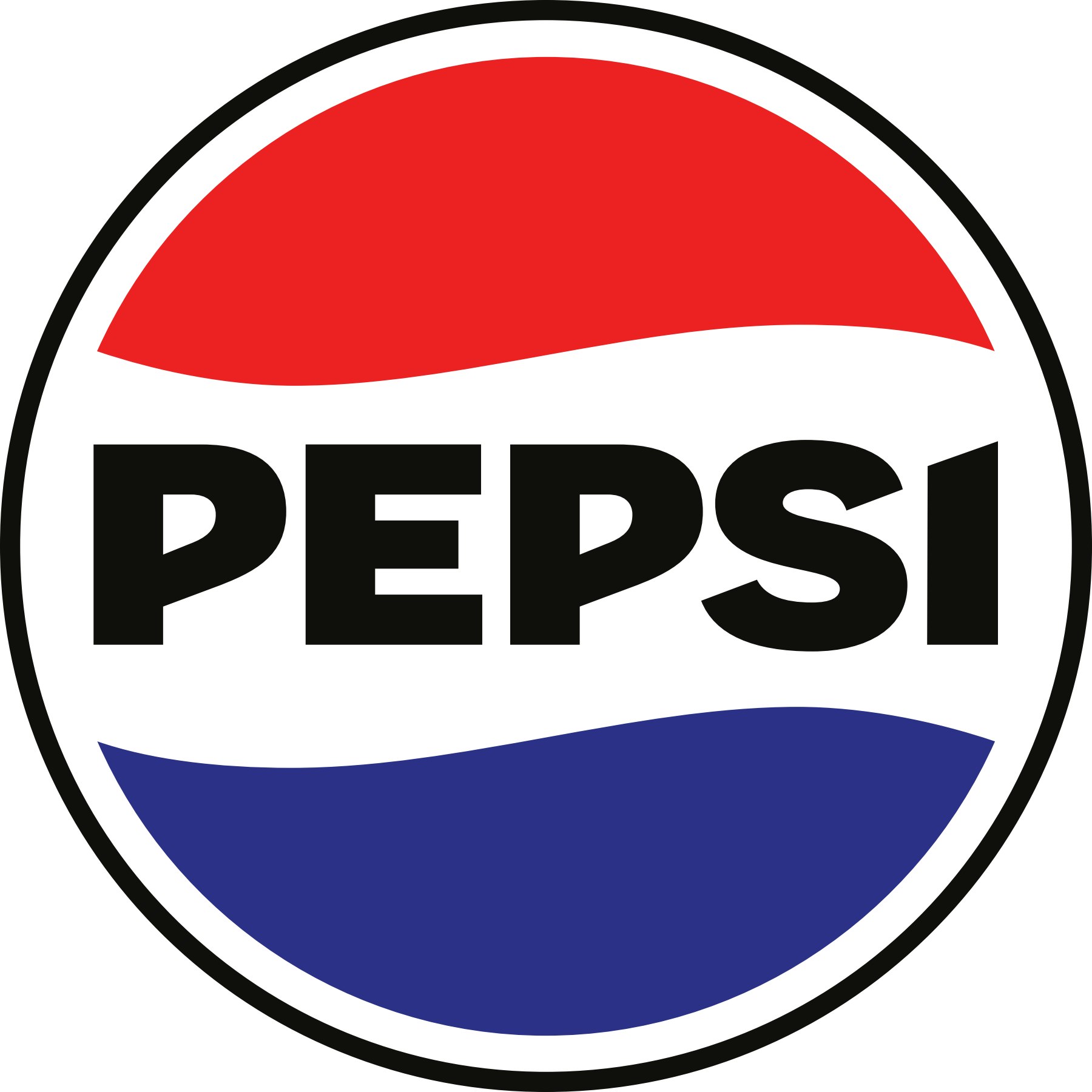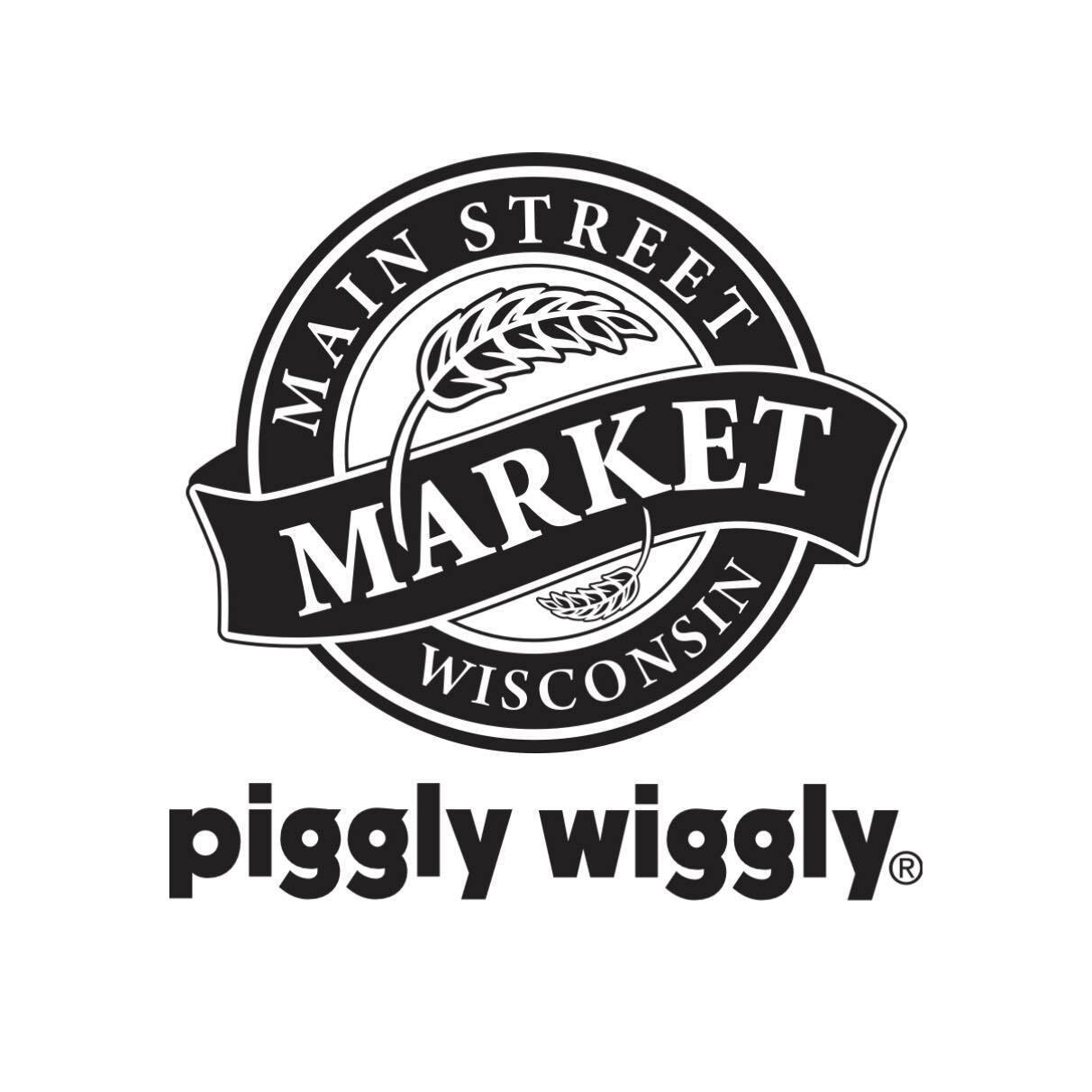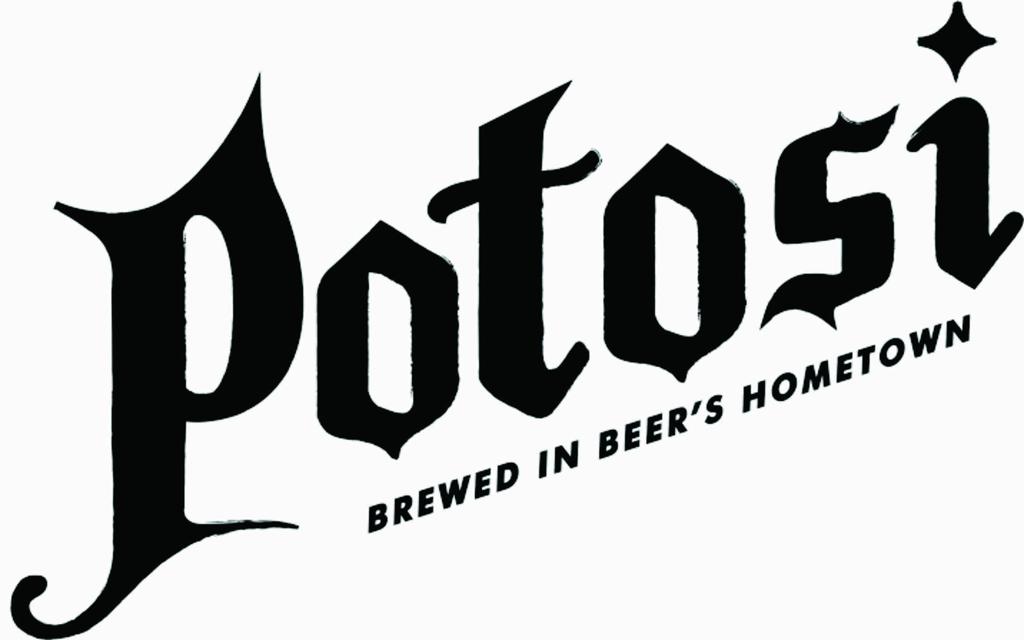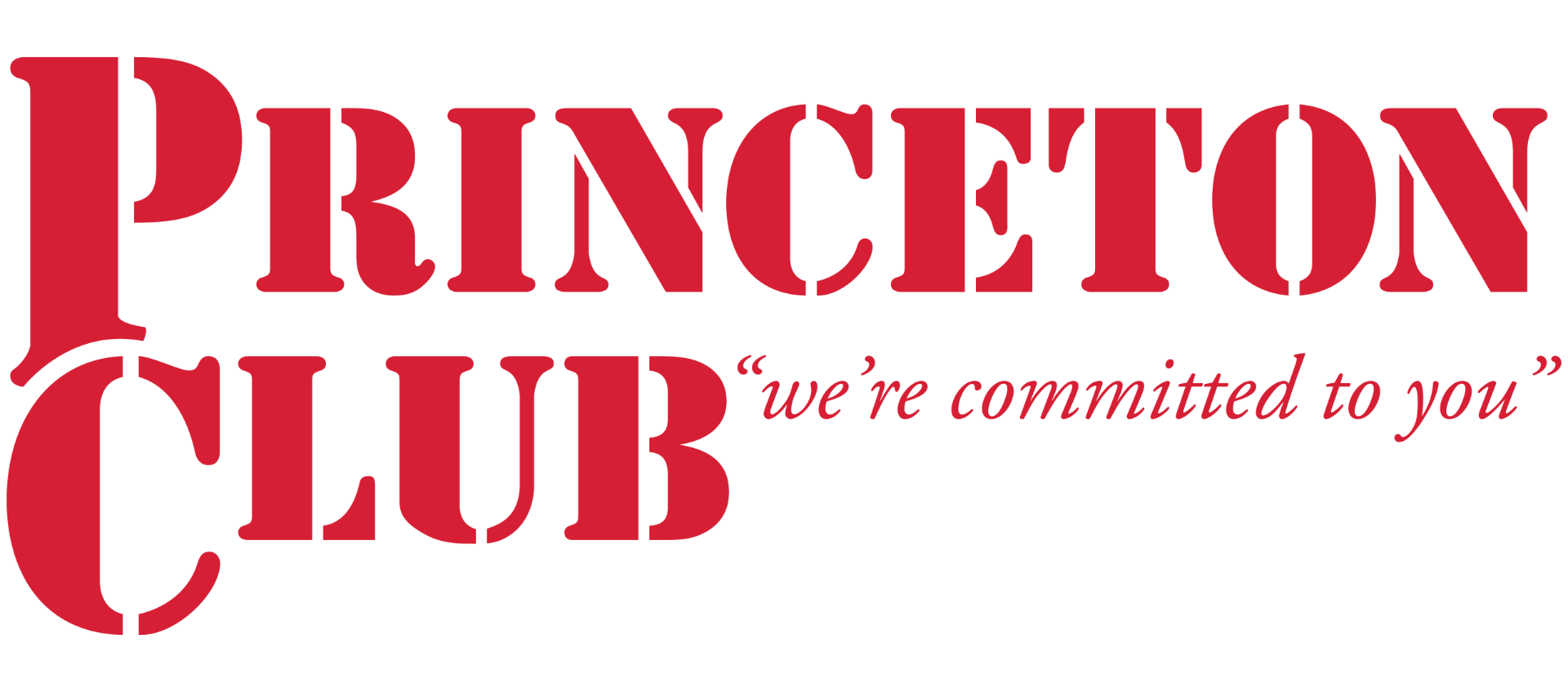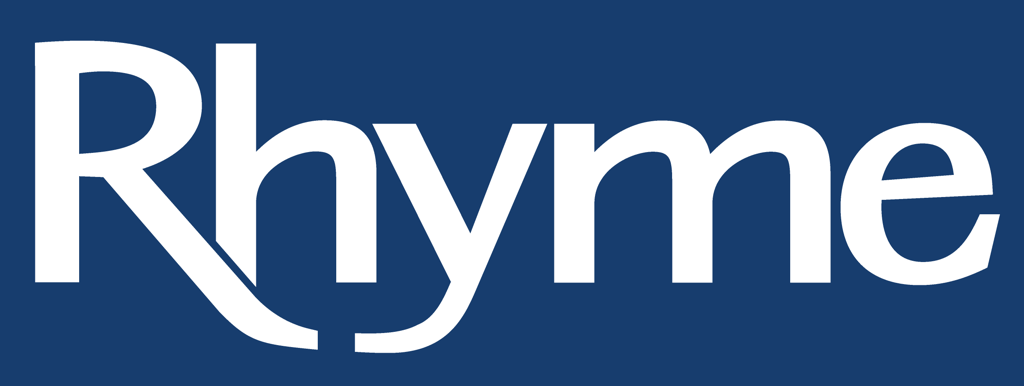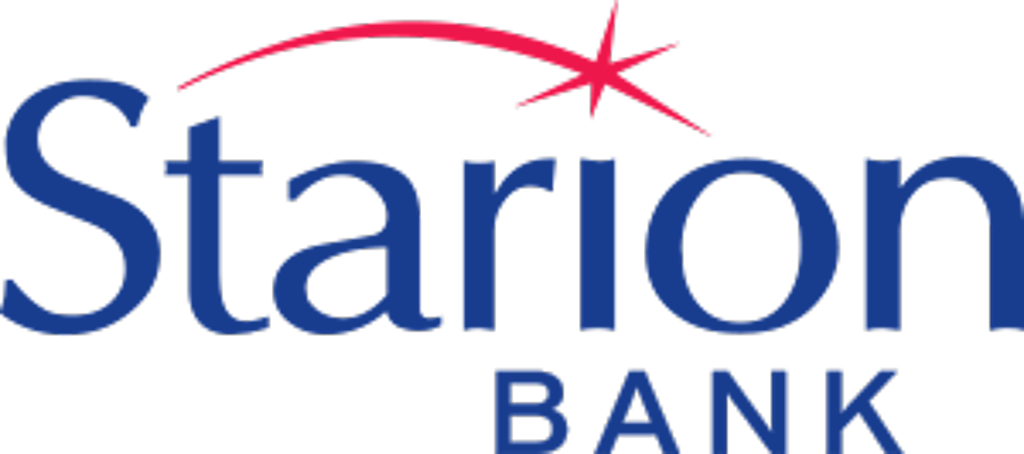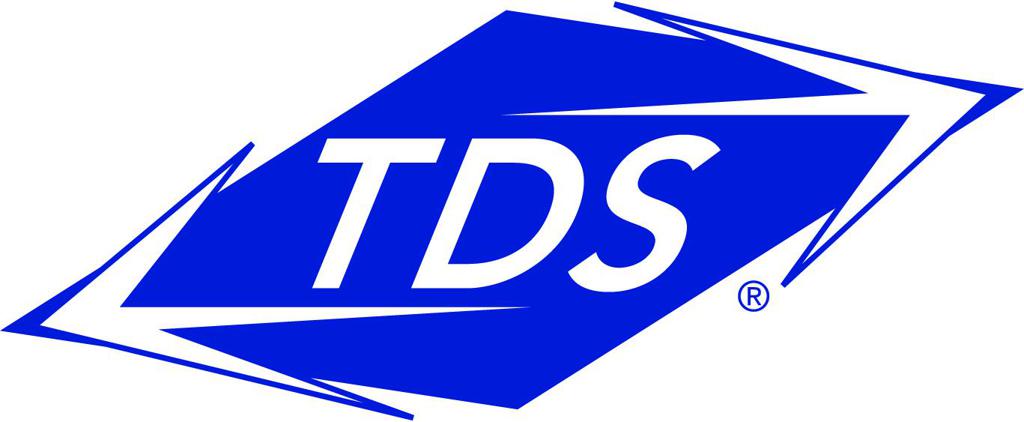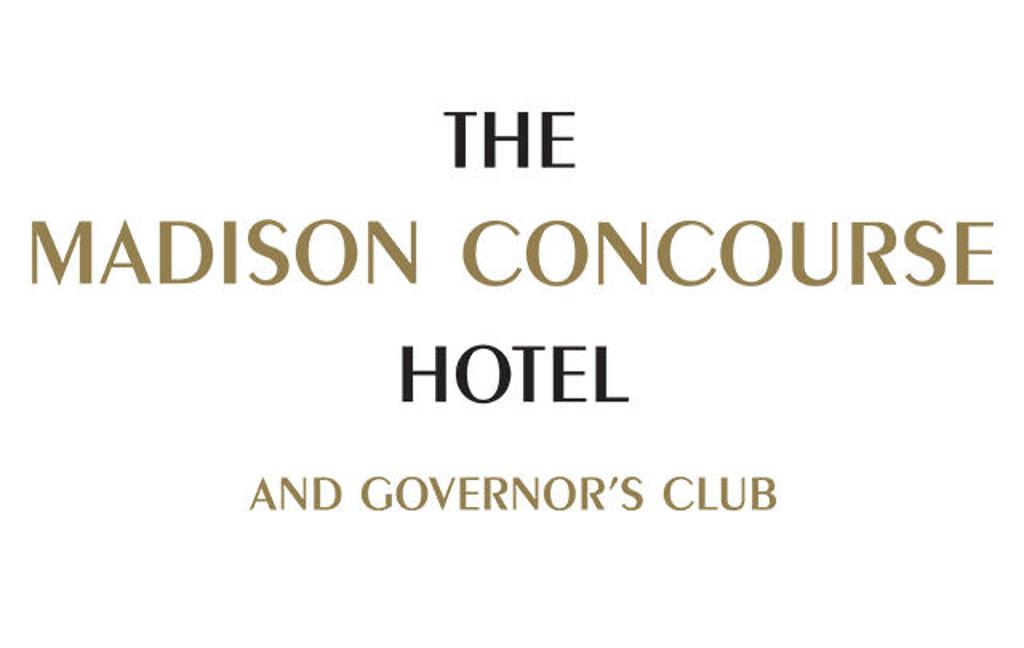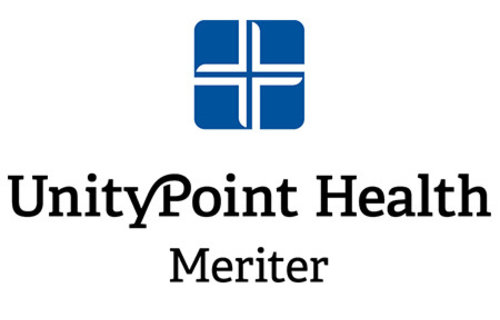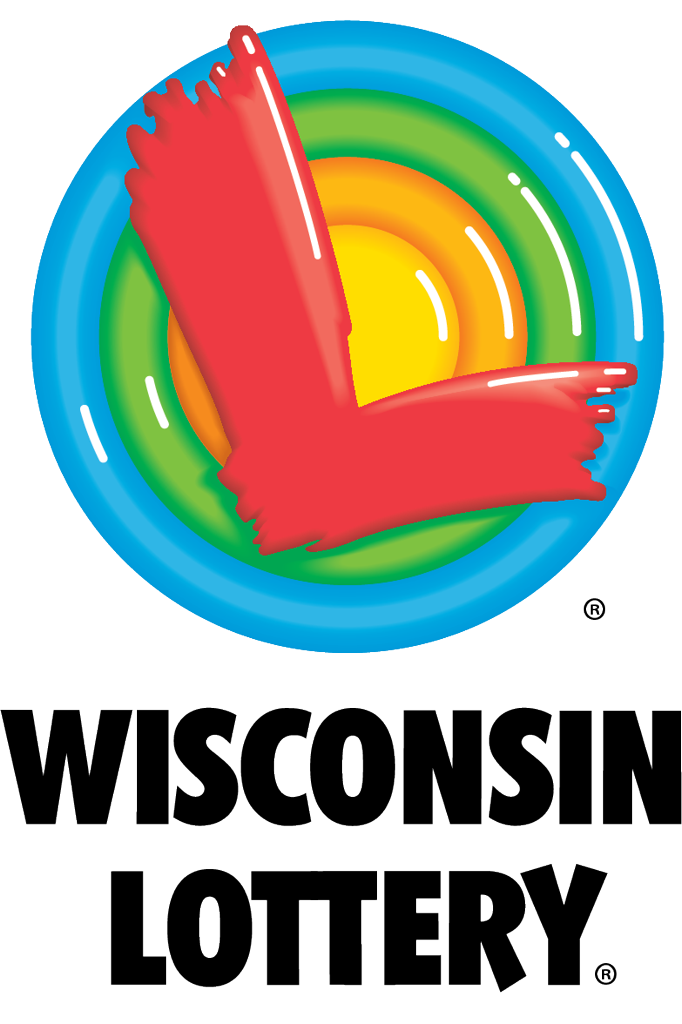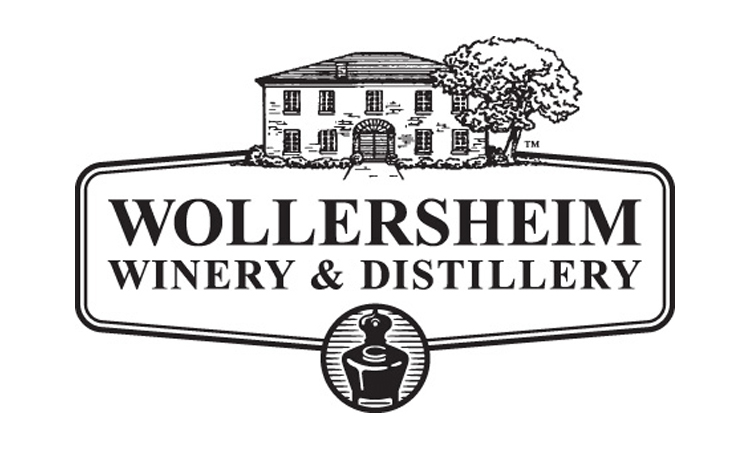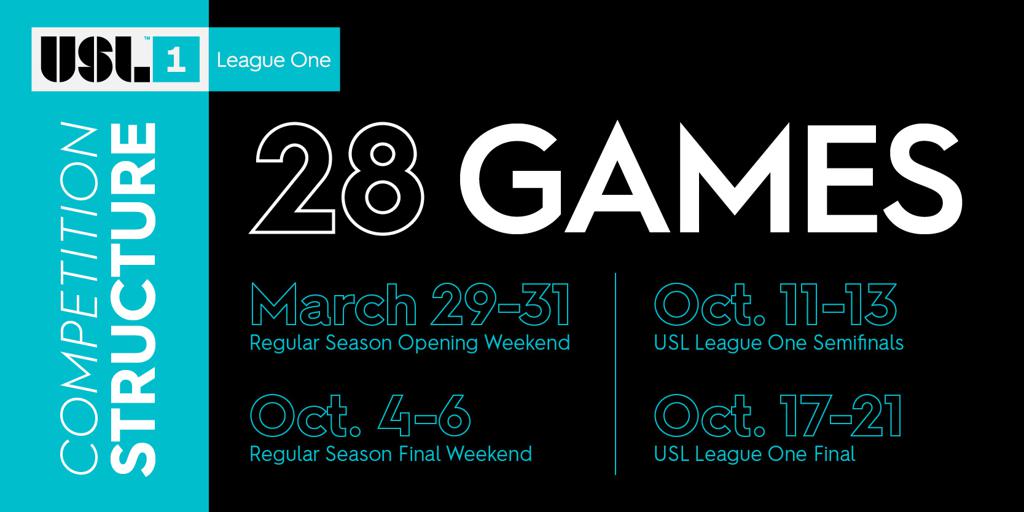
WHAT IS USL LEAGUE ONE?
It’s a fair question. Plenty of season-ticket holders to MLS clubs don’t know; many of the die-hards who turn up every Saturday morning at the local soccer bar to watch their favorite European clubs don’t either. After all, it’s a new league with a new name. But it's set to kick off soon: On Nov. 1, USL League One announced a 28-game schedule, set to start at the end of March. Here comes an explanation…
United Soccer League (USL) League One is the third-highest tier of professional soccer in the United States. It’s the second tier within the United Soccer League, an entity which is set to govern three tiers of soccer leagues in the coming years: USL Championship, USL League One, and USL League Two.
For soccer fans, those names – Championship, League One and League Two – may sound familiar. The second, third and fourth divisions of professional soccer in England use the same names. There is a difference, however: In England, those three divisions – like all
levels of soccer there – have porous borders. At the end of each season, the best few teams in a given division get promoted to the next division up the food chain; the worst few get relegated to the level below. In the USL’s three divisions, a team’s division level is fixed, much as it is in minor league baseball or hockey.
(article continues beneath the graphic)
WHAT IS USL LEAGUE ONE?
It’s a fair question. Plenty of season-ticket holders to MLS clubs don’t know; many of the die-hards who turn up every Saturday morning at the local soccer bar to watch their favorite European clubs don’t either. After all, it’s a new league with a new name. But it’s set to kick off soon: On Nov. 1, USL League One announced a 28-game schedule, set to start at the end of March. Here comes an explanation…
United Soccer League (USL) League One is the third-highest tier of professional soccer in the United States. It’s the second tier within the United Soccer League, an entity which is set to govern three tiers of soccer leagues in the coming years: USL Championship, USL League One, and USL League Two.
For soccer fans, those names – Championship, League One and League Two – may sound familiar. The second, third and fourth divisions of professional soccer in England use the same names. There is a difference, however: In England, those three divisions – like all
levels of soccer there – have porous borders. At the end of each season, the best few teams in a given division get promoted to the next division up the food chain; the worst few get relegated to the level below. In the USL’s three divisions, a team’s division level is fixed, much as it is in minor league baseball or hockey.
(article continues beneath the graphic)
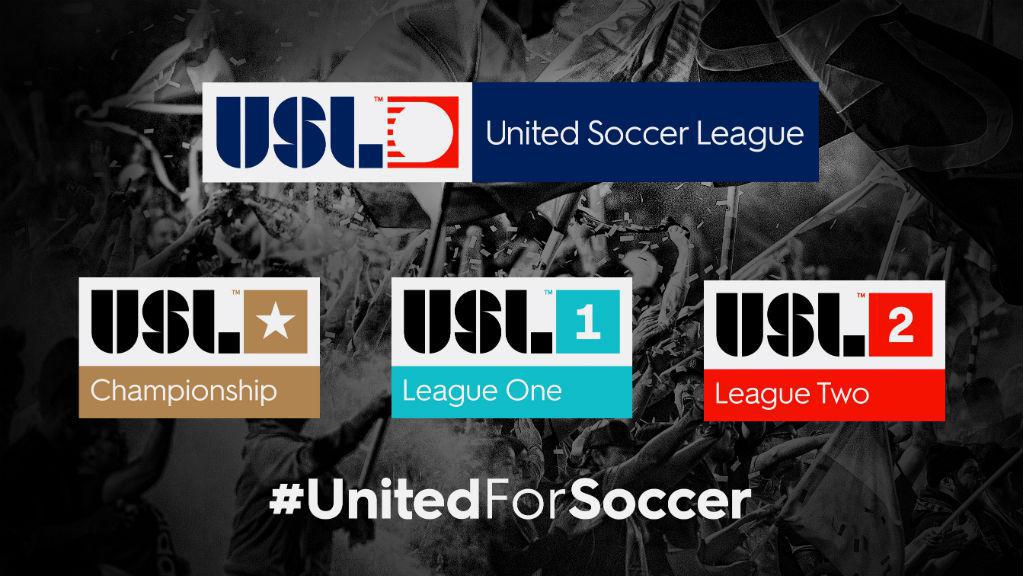
Although originally created as the Southwest Indoor Soccer League in 1986, the current iteration of USL began in 2011 following the merger of two lower division soccer leagues, and attained second-division sanctioning from the United States Soccer Federation in 2017.
Later that year, the league announced plans to launch a third-division competition, originally entitled USL D3, before giving it a new name, USL League One, as part of the league’s wider re-branding in September 2018.
Joining Madison Pro Soccer for the inaugural USL League One season in 2019 thus far are eight other teams: Chattanooga Red Wolves SC, Greenville Triumph SC, Lansing Ignite, Orlando City B, Richmond Kickers, South Georgia Tormenta FC, Toronto FC II, and FC Tucson. Two more teams – Penn FC and Rochester Rhinos – have already committed to join in 2020; the league aims to have 24 teams in place by the 2021 season.
USL League One is a critical part of a project to expand professional soccer’s footprint in North America, a region the USL believes can sustain many more professional clubs. At present, Major League Soccer’s 23 (soon to be 26) teams compete in the US and Canada’s top media markets. The USL Championship is home to another 30-odd teams playing mostly in mid-sized markets. That’s around 60 teams in MLS and the USL Championship serving two nations with combined population of more than 360 million people.
The USL believes that’s not enough and is betting there’s room for a lot more professional teams, especially in smaller cities not already served by MLS and USL Championship teams. It’s now seeking to bring North America’s lower division soccer system (historically a turbulent landscape – see MPS President Peter Wilt for details) under a single, stable umbrella.
According to the USL, metro areas with populations between 150,000 to 1 million are the prime markets for League One expansion, putting Madison (just over 600,000) near the middle of the range. Games will take place in stadiums which hold between 3,000 and 10,000 spectators – in other words, similar-sized facilities to Breese Stevens Field.
Fans can expect a high level of soccer from the outset. Two teams in the league are owned and operated by MLS franchises, meaning young prospects and fringe players from their first team squads will be playing in USL League One next season. Other League One sides may
have affiliate agreements in place by launch time in 2019.
Additionally, unlike in MLS – a league with a thicket of salary cap regulations – USL owners are given a comparatively free hand in deciding how much to spend when composing their squads. It could be that players who have recently been on USL Championship or MLS rosters will be attracted to play for MPS by the right offer. And why not? For players with families, Madison is an attractive place to live. With USL’s broadcast partnership with online platform ESPN+, young players hoping to make an impression can expect good exposure.
For fans of soccer and fans of Madison, the 2019 launch of USL League One is an exciting event. It’s set to bring high-level professional soccer to South Central Wisconsin for the first time, and it marks the beginning of an effort to bring North America’s professional soccer infrastructure closer to the standard set in more established soccer countries.
Although originally created as the Southwest Indoor Soccer League in 1986, the current iteration of USL began in 2011 following the merger of two lower division soccer leagues, and attained second-division sanctioning from the United States Soccer Federation in 2017.
Later that year, the league announced plans to launch a third-division competition, originally entitled USL D3, before giving it a new name, USL League One, as part of the league’s wider re-branding in September 2018.
Joining Madison Pro Soccer for the inaugural USL League One season in 2019 thus far are eight other teams: Chattanooga Red Wolves SC, Greenville Triumph SC, Lansing Ignite, Orlando City B, Richmond Kickers, South Georgia Tormenta FC, Toronto FC II, and FC Tucson. Two more teams – Penn FC and Rochester Rhinos – have already committed to join in 2020; the league aims to have 24 teams in place by the 2021 season.
USL League One is a critical part of a project to expand professional soccer’s footprint in North America, a region the USL believes can sustain many more professional clubs. At present, Major League Soccer’s 23 (soon to be 26) teams compete in the US and Canada’s top media markets. The USL Championship is home to another 30-odd teams playing mostly in mid-sized markets. That’s around 60 teams in MLS and the USL Championship serving two nations with combined population of more than 360 million people.
The USL believes that’s not enough and is betting there’s room for a lot more professional teams, especially in smaller cities not already served by MLS and USL Championship teams. It’s now seeking to bring North America’s lower division soccer system (historically a turbulent landscape – see MPS President Peter Wilt for details) under a single, stable umbrella.
According to the USL, metro areas with populations between 150,000 to 1 million are the prime markets for League One expansion, putting Madison (just over 600,000) near the middle of the range. Games will take place in stadiums which hold between 3,000 and 10,000 spectators – in other words, similar-sized facilities to Breese Stevens Field.
Fans can expect a high level of soccer from the outset. Two teams in the league are owned and operated by MLS franchises, meaning young prospects and fringe players from their first team squads will be playing in USL League One next season. Other League One sides may
have affiliate agreements in place by launch time in 2019.
Additionally, unlike in MLS – a league with a thicket of salary cap regulations – USL owners are given a comparatively free hand in deciding how much to spend when composing their squads. It could be that players who have recently been on USL Championship or MLS rosters will be attracted to play for MPS by the right offer. And why not? For players with families, Madison is an attractive place to live. With USL’s broadcast partnership with online platform ESPN+, young players hoping to make an impression can expect good exposure.
For fans of soccer and fans of Madison, the 2019 launch of USL League One is an exciting event. It’s set to bring high-level professional soccer to South Central Wisconsin for the first time, and it marks the beginning of an effort to bring North America’s professional soccer infrastructure closer to the standard set in more established soccer countries.
















































































































































































































































































